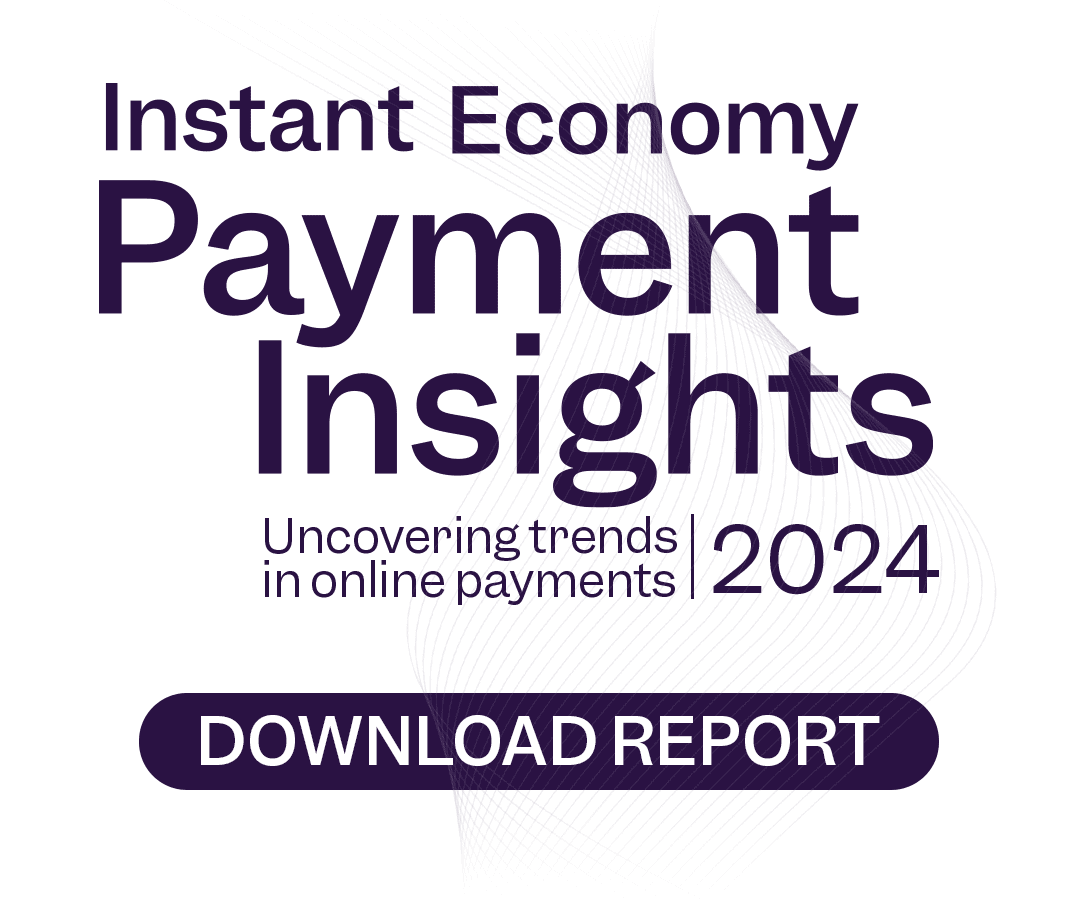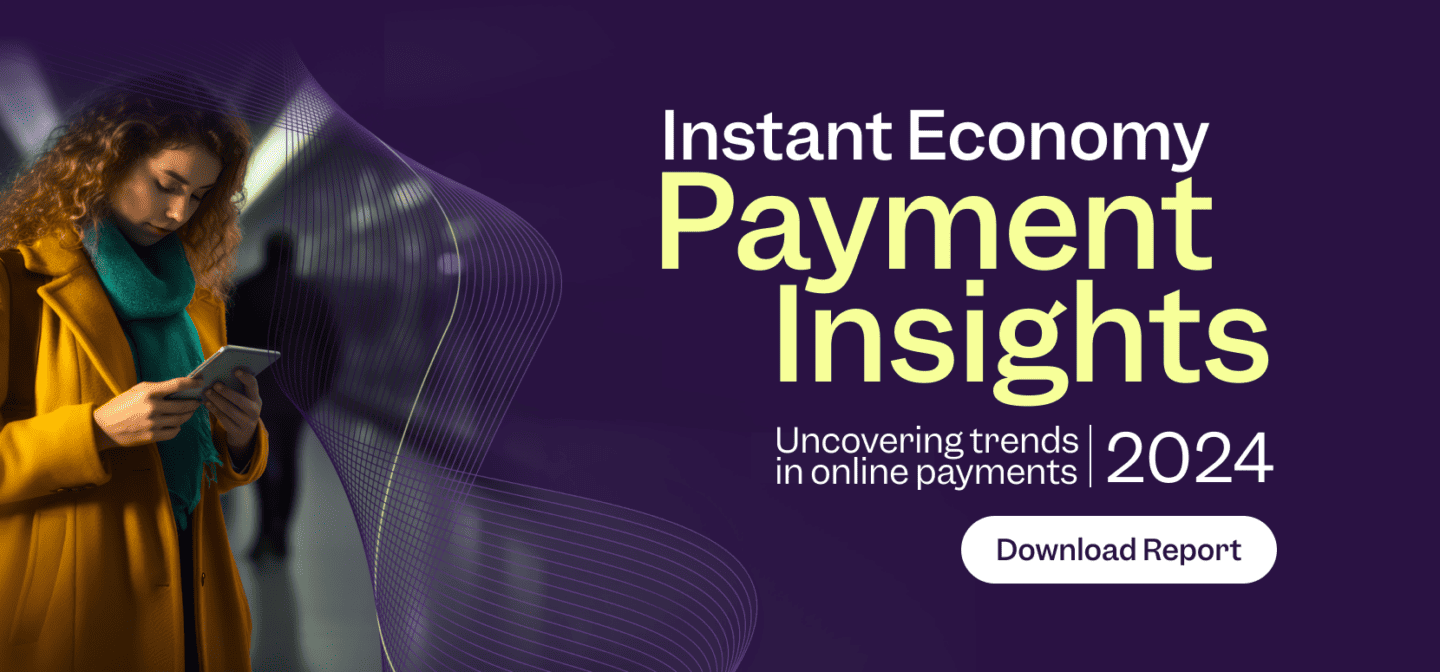
Navigating online payments is essential for businesses in the instant economy. With constant changes and changing consumer preferences knowing what the best payment mix to offer is essential.
Bo Liljefors, Chief Product Officer at Brite Payments, provides his take on how payments are evolving across the six markets surveyed in Brite’s recent Instant Economy Payment Insights report and how best to cater for differing generational needs.


What key factors have led to the adoption of Pay by Bank in markets like the Netherlands and Spain? How can other markets replicate this success?
Bo Liljefors, Chief Product Officer at Brite Payments: It’s really interesting. In the Netherlands, for example, there is a very established payment system in iDEAL. Its popularity stems from its longevity and the fact that it’s owned jointly by the banks. It has had the fortune to have been pushed by the banks, too, benefiting from the trust they have established.
Moreover, it is the market leader in the Netherlands today because of its focus on user experience. Indeed, if we look back at where iDEAL was ten years ago, it was able to make strides then because of this focus.
Spain offers a slightly different scenario, with Bizum, a relatively new payment method based on bank transfers, gaining popularity.
For the younger generation, a quick, frictionless payment experience is paramount.
In Spain, it’s more about bringing an innovative way of paying to the market that younger consumers appreciate. It’s easy to use. And I would draw some parallels to Swish in Sweden. Additionally, Spain has made significant advancements in the instantaneous of transfers, with most transfers in Spain settling instantly, which facilitates a good user experience and provides a solid foundation for building these types of services.
Different factors contribute to this success, but an infrastructure supporting these new forms of payment is essential. The infrastructure allows for the creation of innovative payment methods. Secondly, you need to develop a payment product that finds a good balance between user experience and not being overly complicated or constrained by regulation. This balance is crucial because, as we see in the survey, consumers are looking for solutions that offer flexibility and security.
There are different online payment preferences across generations. How can merchants address these priorities?
Bo Liljefors: A quick, frictionless payment experience is paramount for the younger generation. In contrast, an older generation may require clearer communication about the transaction process. For payment companies, this means prioritising solutions that are not only fast and intuitive but also transparent and secure, thus ensuring all users are well-informed about what’s happening during their transactions.
Interestingly, in the Netherlands, where iDEAL is widely used, we’ve seen that the expectation for speed and ease of use isn’t just a demand for younger users. Older generations, particularly those over 60, have also shown a high expectation of these qualities – even more so than the 18 to 29 age group. This intriguing finding highlights the universal appeal of efficient and user-friendly payment solutions.
Specifically, regarding Pay by Bank and account-to-account (A2A) payments, leveraging the inherent trust that customers have in their banks is vital. Most people, especially older generations, see banks as trustworthy. Pay by Bank solutions that make the transaction process as clear and secure as possible, ensuring that any payment showcases that it is directly from the customer’s bank, can significantly enhance trust.
Security is a major selling point for Pay by Bank (and A2A payments). How can payment providers meet consumer expectations?
Bo Liljefors: Enhancing trust and security comes down to clear communication about what’s happening during the transaction and the security measures in place, especially with the advent of open banking and PSD2.
Transactions happen on the back of strong customer authentication (SCA) provided by banks. It is essential to make it clear to consumers that this level of security is in place – emulating the feeling of security and trust they have when logging into their banks. As a payment company, we must ensure that users feel and know they are in safe hands.
When considering the adoption of Pay by Bank across Europe, how can providers facilitate a smoother transition for markets less familiar with these online payment methods?
Bo Liljefors: A2A payments and open banking can play a pivotal role in this transition. The development of various instant payment schemes across Europe is a testament to this trend.
For example, France, while relatively new to electronic account transfers, is now witnessing a swift uptake in instant payments. Again, the importance of having modern infrastructure or rails paves the way for markets to adopt these payment technologies more easily. In recent years, countries such as Sweden and Germany have experienced adoption, even with less developed infrastructure than we have today.
Indeed, adoption can accelerate rapidly once a high-quality product is introduced on top of established infrastructure. A quality payment method makes it easy for consumers and merchants alike to recognise its substantial value proposition.
This proposition is not just about ease of use but also encompasses the product’s cost efficiency and the advantages of conducting transactions in real-time, eliminating the inconveniences often associated with traditional payment methods like credit cards or wallets.
This move towards greater convenience and efficiency has sparked interest across different demographics, particularly among the younger generation eager to explore new payment options. In contrast, the older generation might be influenced to adapt for similar reasons once they become more familiar with these innovations.
Download the Instant Economy Payment Insights Report 2024
Want the latest insights into online payment preferences in 2024 and the rise of Pay by Bank across Europe? Then download Brite Payments and YouGov’s latest report. Featuring 8500+ respondents from across six key European markets including the UK, Germany, and Spain.

